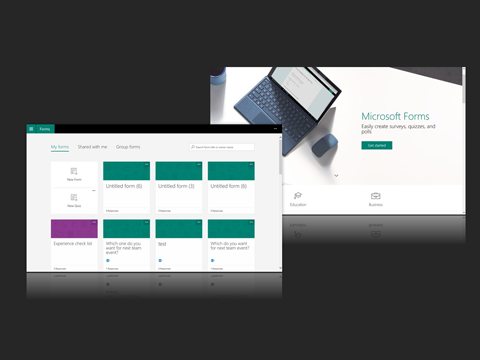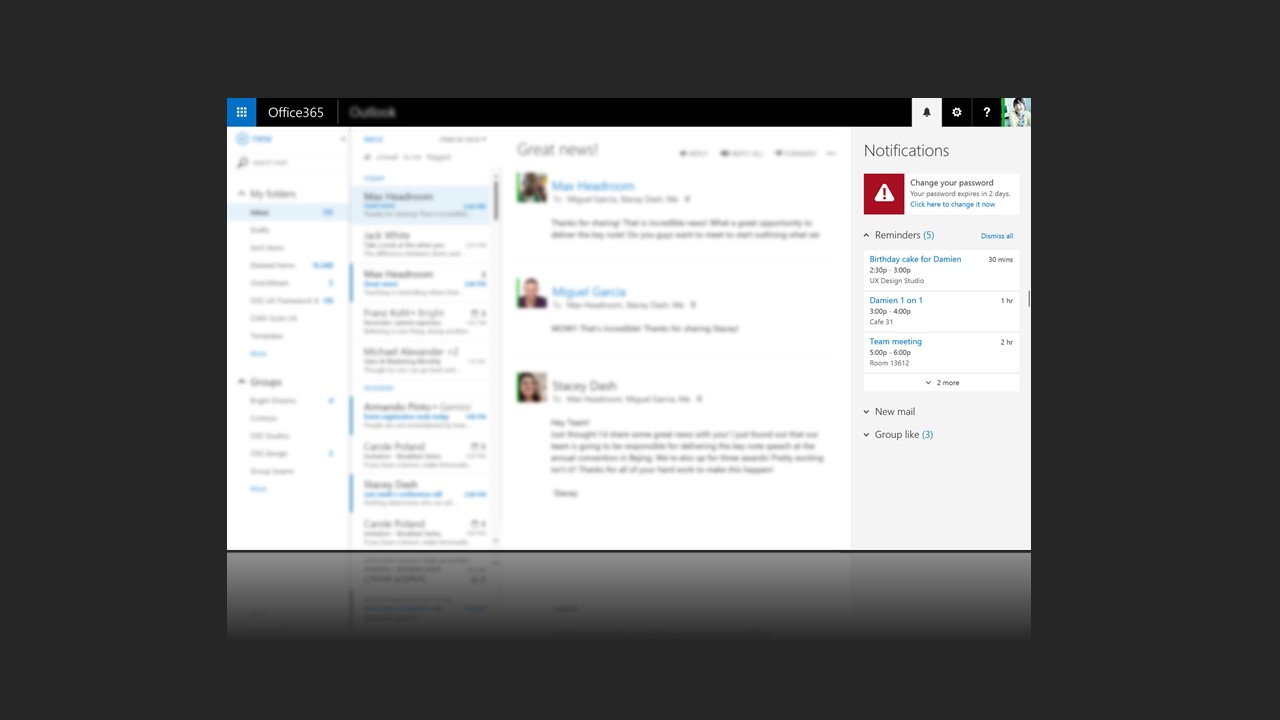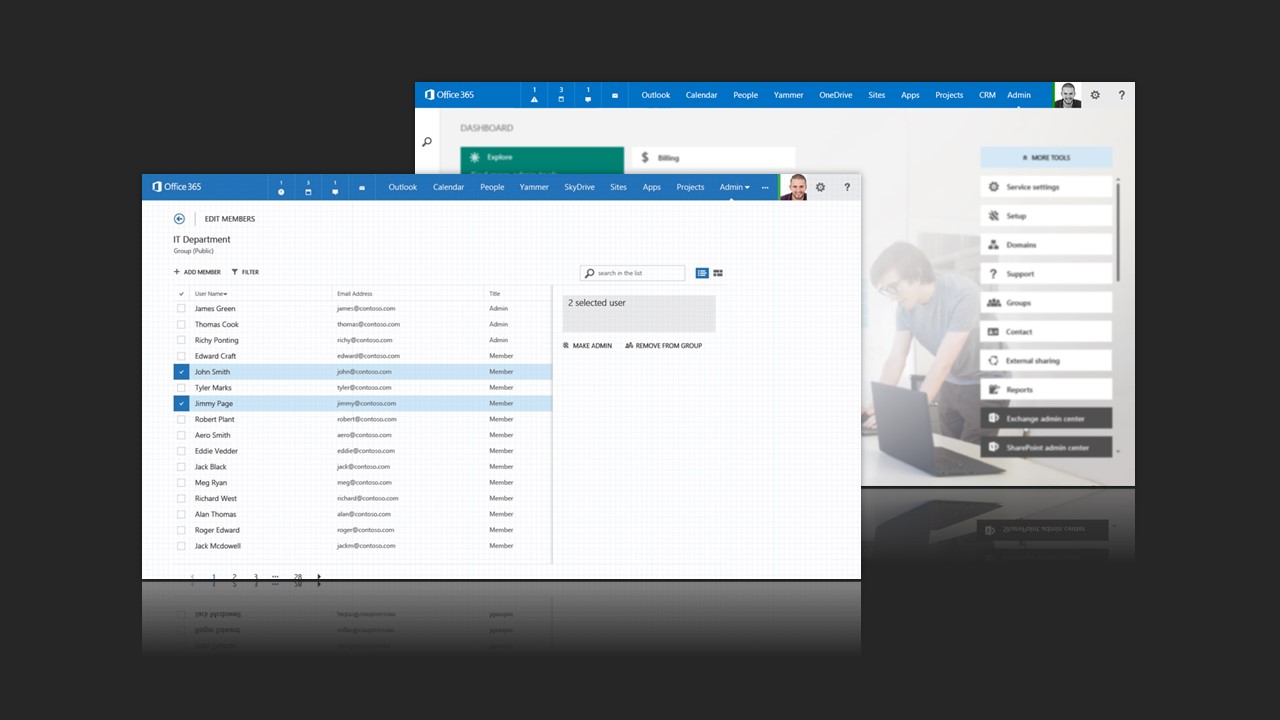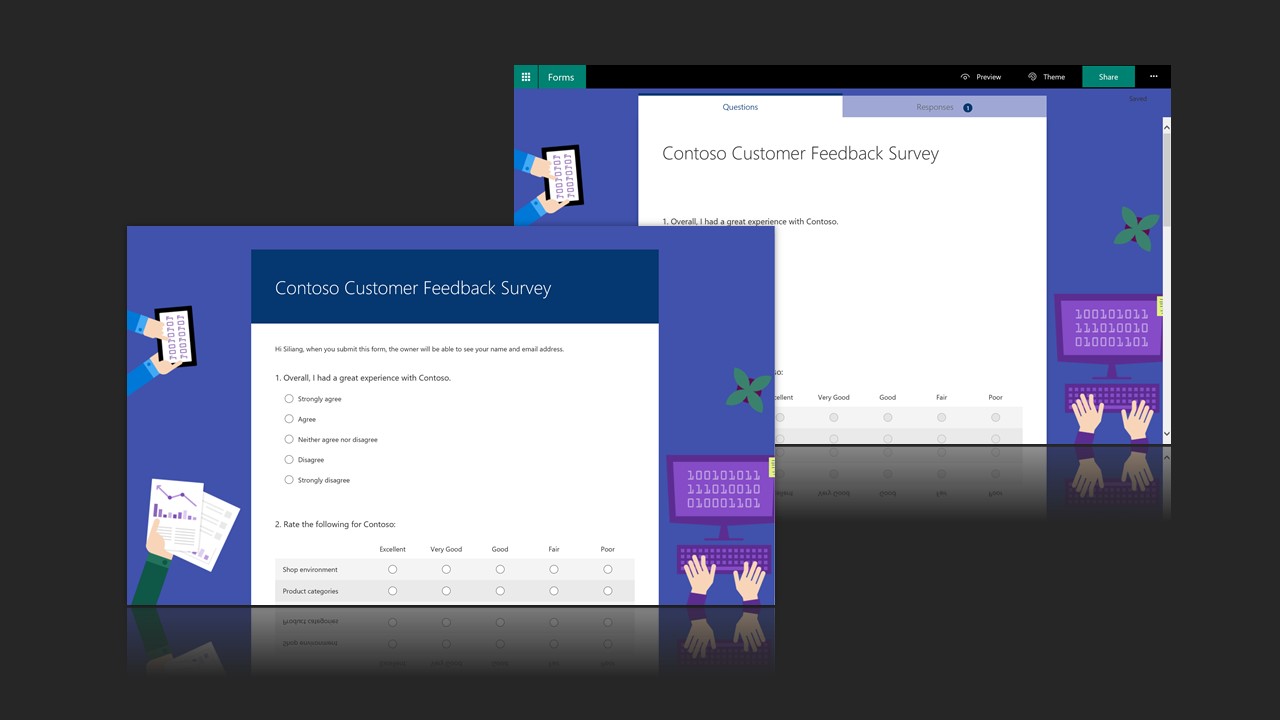-
 Pi Siliang
Microsoft
Senior UX Designer
Pi Siliang
Microsoft
Senior UX Designer
-

Tang Wenfei Microsoft Senior UX Designer
Inclusive design in platform-level products.
As designers, our goal is to provide more friendly experiences through design and solve the pain points in life for people. But we will often fall into our own cognition, and on this basis, create and test design ideas. If we take these ideas as the starting point of design, then the products we produce may be designed specially for one category of users. When this product aims at a very large user group, our design scheme will be only friendly to some users while ignoring the feelings and experiences of other users.
Therefore, personal prejudices in the design process will lead to the limitations of design solutions:
1. The cognitive deviation of users will lead to the inability to solve the pain points in the actual use of users.
2. Insufficient understanding of user scenes will not meet the use requirements in different situations;
3. Inadequate consideration of product ecology will lead to inconsistency of products in the process of platform-based integration;
In the workshop, the keynote speaker will introduce the core principles and methods of inclusive design; combined with users' behavioral abilities and cognitive levels, the keynote speaker will reconsider the influence of design context, user scenes and product ecology on product decision-making and design ideas; understand various manifestations of diversity and multiple scenes in the physical world and the digital world, as well as discover the restrictions and design opportunities caused by people's behavioral habits in real life. We will explain the practical application of inclusive design in product flow by combining the examples of Microsoft products, share how to find new demand pain points and design opportunities therefrom, and finally help your design meet the user's needs and achieve the product goals better.
1. Introduction: inclusive design methods and their influence on products
2. Case sharing: combined with the examples of Microsoft products, share design ideas and how to use inclusive design.
3. Interaction: group exercises, exchanges and sharing
4. Summary and comment
1. Interactive designers
2. Product managers
1. Learn about inclusive design methods and ideas
2. Use inclusive design to guide product design
3. Learn about the application and practice of inclusive design in multiple industries and products
-
 皮思亮 - O365 Suite
皮思亮 - O365 Suite
-
 皮思亮 - O365 Admin
皮思亮 - O365 Admin
-
 皮思亮 - Microsoft Forms 2
皮思亮 - Microsoft Forms 2
-
 皮思亮 - Microsoft Forms1
皮思亮 - Microsoft Forms1












